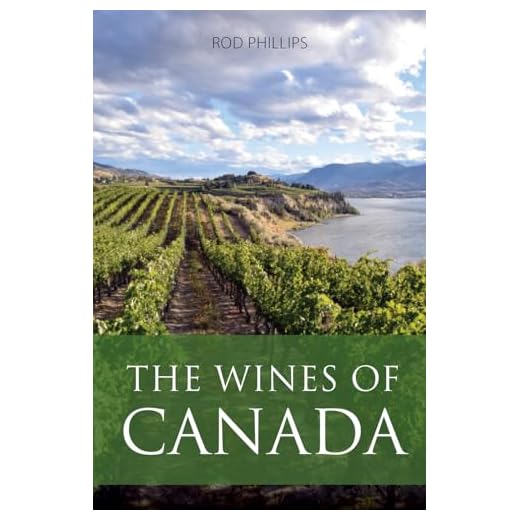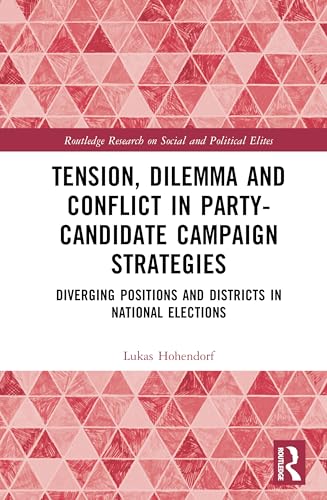



If you’re seeking a truly delightful indulgence, I recommend exploring the luscious world of Sauternes. This exquisite French dessert offering is renowned for its rich honeyed notes, vibrant acidity, and a luscious mouthfeel that is simply irresistible. With flavors of apricot, peach, and a hint of candied citrus, Sauternes captures the essence of sweetness like no other.
Another gem to consider is the late harvest Riesling, which delivers an incredible balance of sweetness and acidity. Originating from regions such as Mosel in Germany, these wines often exhibit flavors of apple, pear, and tropical fruits, accompanied by a distinct minerality. Their complexity makes them perfect companions for spicy dishes or rich desserts.
For a unique experience, don’t overlook Icewine from Canada. Made from grapes that have frozen on the vine, this method produces a concentrated sweetness and vibrant acidity. Expect luscious flavors of stone fruits and honey, making it a perfect match for cheese or fruit-based desserts.
Lastly, consider a Moscato d’Asti for a refreshing option. This lightly sparkling Italian wine is known for its floral aromas and sweet, fruity palate. With lower alcohol content, it pairs beautifully with light desserts or can be enjoyed on its own as a delightful aperitif.
Top Sweet White Wines to Try
Tokaji Aszú from Hungary offers a luscious experience with its honeyed notes and bright acidity. Look for the 5 or 6 puttonyos versions for a delightful balance of sweetness and complexity.
Sauternes, particularly those from Château d’Yquem, showcases an exquisite blend of dried fruit, apricot, and caramel flavors. This dessert gem is a classic choice for pairing with foie gras or rich cheeses.
Late Harvest Riesling is a personal favorite of mine. The ones from Alsace or Washington State provide intense floral aromas and mouthwatering sweetness, making them perfect alongside spicy Asian dishes.
Moscato d’Asti presents a refreshing option with its low alcohol and effervescence. The peach and apricot flavors make it an excellent choice for light desserts or even on its own as a casual sip.
Ice Wine, especially those from Canada, like the Niagara region, delivers concentrated fruit flavors. These small-batch delights are often rich in honey and citrus, creating a memorable tasting experience.
Vin Santo from Tuscany is a delightful dessert choice with its nutty, caramelized notes. Traditionally enjoyed with cantucci, it’s a beautiful way to end a meal.
Exploring these selections will surely satisfy any palate seeking sweetness in their glass. Each offers a unique profile that pairs wonderfully with various culinary delights, enhancing your dining experiences.
Factors Affecting Sweetness in White Wine
Choosing a delightful dessert pour requires understanding several elements that influence its sugary profile. One prominent factor is grape variety. Varietals like Riesling and Moscato are renowned for their natural sugars, while others like Chardonnay can yield drier expressions unless specific methods are employed.
Ripeness at harvest plays a significant role. Grapes that are harvested later in the season often develop higher sugar levels due to extended exposure to sunlight, enhancing their sweetness. Techniques such as late harvesting or noble rot can elevate sugar concentration further, resulting in luscious flavors.
Fermentation also impacts taste. Winemakers can choose to halt fermentation before all sugars are converted to alcohol, leaving residual sweetness in the final product. This method allows for a balance between taste and alcohol content, creating a more enjoyable experience.
Another crucial aspect is the climate where grapes are grown. Regions with warmer climates often produce fruit with higher sugar content, while cooler areas may yield drier results. Terroir, including soil composition and drainage, likewise affects the grapes’ ability to retain sugars during ripening.
Finally, aging processes contribute to complexity. Wines aged in oak barrels may acquire additional flavors, complementing the sweetness with notes of vanilla or spice, enhancing the overall tasting experience.
By considering these factors, one can better appreciate the nuances of sugary libations and select a bottle that perfectly suits their palate.
How to Pair Sweet White Wines with Food
For an excellent match, serve late harvest varieties with rich, creamy dishes like lobster mac and cheese. The sweetness cuts through the richness, creating balance.
Fruit-forward options shine when paired with fresh fruit desserts. A chilled glass of Moscato complements berry tarts beautifully, enhancing the dessert’s flavors.
When enjoying spicy cuisine, like Thai or Indian, opt for off-dry Riesling. Its residual sugar counteracts heat, allowing spices to shine without overwhelming the palate.
Cheese boards are another delightful pairing. Soft cheeses, such as Brie or Camembert, harmonize with sweet pours, while blue cheese contrasts nicely, bringing out complexity.
Consider savory options as well. A sweet pour can elevate dishes like glazed ham or duck with fruit sauce, harmonizing the flavors and providing a delightful contrast.
Pairing these wines can transform a meal. Always experiment to find the perfect balance that excites your taste buds. And if you’re looking after your furry friends, don’t forget about the best dog food for dental problems for their health!
Best Serving Temperatures for Sweet White Wines
Ideal serving temperature for dessert-style varieties ranges from 40°F to 50°F (4°C to 10°C). Chilling these selections enhances their refreshing qualities while preserving balance between sweetness and acidity.
For late-harvest options, aim for slightly warmer temperatures, around 50°F to 55°F (10°C to 13°C). This allows complex flavors to emerge, showcasing the wine’s richness without overwhelming the palate.
Sparkling sweet wines should be served colder, around 38°F to 45°F (3°C to 7°C), to maintain their effervescence and crispness. Serving too warm can mask the delicate bubbles and fruity notes inherent in these selections.
Experimenting with temperature can reveal different profiles. For instance, a Sauternes served at a slightly higher temperature may bring forth honeyed aromas, while a Riesling chilled too much may lose its aromatic charm. Always taste before deciding on the perfect temperature for any particular bottle.
Lastly, using a wine thermometer can ensure precision. A consistent approach to temperature will elevate any occasion, enhancing enjoyment and appreciation of these delightful selections.
Understanding Wine Labels: Identifying Sweetness Levels
To effectively determine sugar content in a bottle, scrutinize the label closely. Look for terms like “late harvest,” “dessert,” or “ice wine,” which often indicate elevated sweetness levels. The residual sugar (RS) amount is typically listed in grams per liter; wines with 30-50 g/L are generally considered sweet.
Key Terms to Recognize
- Trockenbeerenauslese (TBA): A German classification for exceptionally sweet selections.
- Botrytis: Refers to noble rot, which enhances sweetness in some varieties.
- Sec: French term for “dry,” but can appear in some contexts to suggest lower sweetness.
- Doux: Indicates a sweet style in French labels.
Understanding Regions
- Germany: Rieslings from Mosel often showcase high sweetness.
- France: Sauternes and Vouvray are renowned for rich, sweet offerings.
- Austria: Look for Auslese and Beerenauslese for delightful sugary experiences.
Check the alcohol content; lower levels often accompany sweeter wines, as fermentation stops before all sugars convert to alcohol. A careful reading of the back label can also reveal tasting notes that describe sweetness. Keep this in mind, and you will navigate the intricate world of sugary vintages with confidence.







